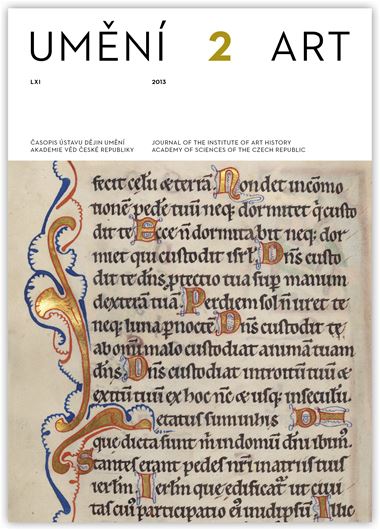Věra Laštovičková
Zwischen Klassik und Romantik. Das architektonische Schaffen Bernhard Gruebers
In Czech art history, it is customary to distinguish between Neoclassicism and Romanticism as two separate and by nature antithetical stylistic periods. This distinction fits the classification and evaluation of domestic art relatively well. However, the work of architect Bernhard Grueber, who was from a Bavarian cultural background, defies this classification. Although he belonged to the generation of Romantics, his work exhibits Classicist features, and yet they are not a product of anachronism or evolutionary delay, or of an unstudied and capricious eclecticism. What is even more surprising is that while his early scholarly writings rank him among the pioneers of Neo-Gothicism, his later theoretical reflections contain typically Classicist ideas. Art-historical assessments of his work have so far tended to contradict each other. On the one hand, Grueber is described as an ‘inveterate Gothicist’, and on the other a Classicist and pioneer of the Neo-Renaissance. However, there is no reason to regard the contradictions in his work negatively. We see it that way because art history’s method of working with polarising terminological pairs leads us to do so. The limitations to that method were already pointed out by Ernst Gombrich, who argued that no style fits unequivocally and exclusively in just one such category. It must also be remembered that assessments of Grueber’s work in the past were significantly influenced by nationalistic factors. It was assigned to Romanticism or Academism simply because they lay outside the accepted aesthetic norm. While Grueber’s work may seem ‘bipolar’ according to the codified evolution of Czech art, it was wholly consistent within the context of the ideas of the German Romantics, such as the Schlegel brothers or Schelling. Moreover, the cultural context of Munich, where Grueber received his art training and first began working, was characterised by a stylistic pluralism and fusion that combined both Classicist and Romantic elements.
Full-text in the Digital Library of the Czech Academy of Sciences:
https://kramerius.lib.cas.cz/uuid/uuid:03d3d128-815a-4ad1-89cb-7b91899a787c
< back

